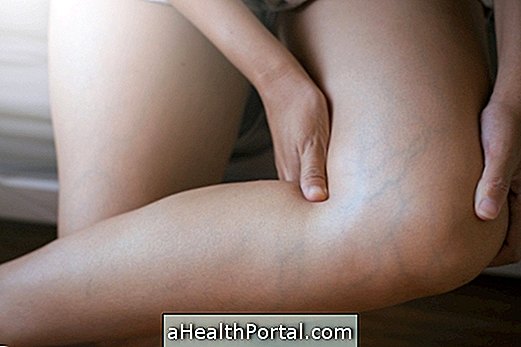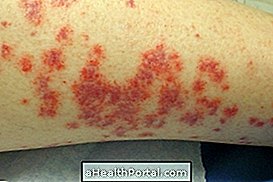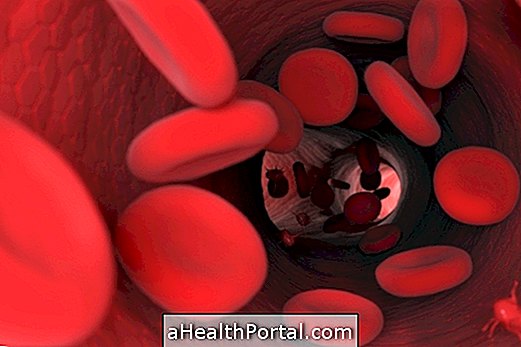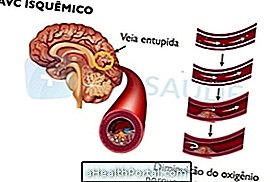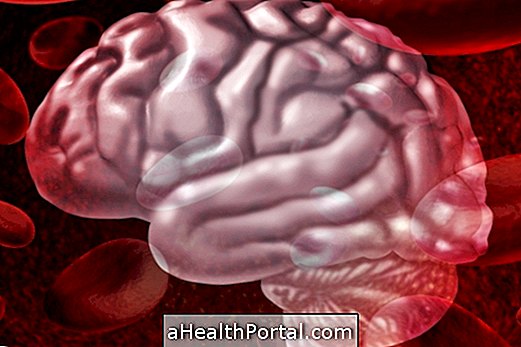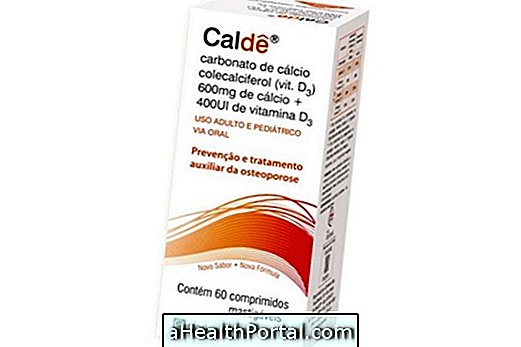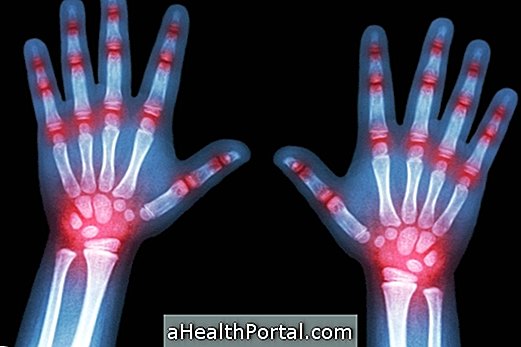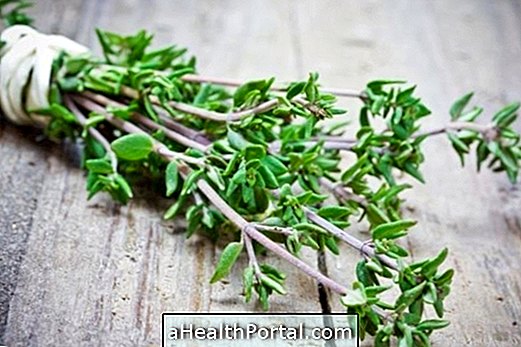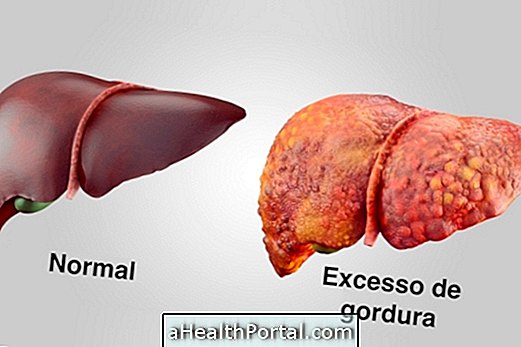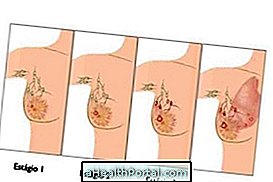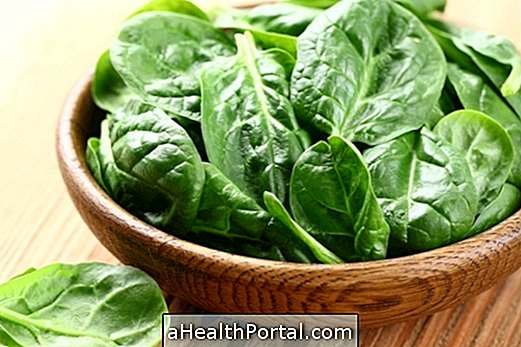Gout or gouty arthritis, popularly called rheumatism in the feet, is an inflammatory disease caused by too much uric acid in the blood that causes too much pain in the joints. Symptoms include swelling, redness and pain when moving a joint, and the most commonly affected one is that of the big toe, which gets painful, especially when walking.
Gout crises have a cure, and what you can do is to improve nutrition to reduce uric acid levels in the blood and use anti-inflammatory drugs to control pain and inflammation, such as Ibuprofen, Naproxen, or Colchicine. However, it is important to control uric acid levels in the blood to prevent gout attacks and to develop complications that are irreversible, such as deformations in the joints.
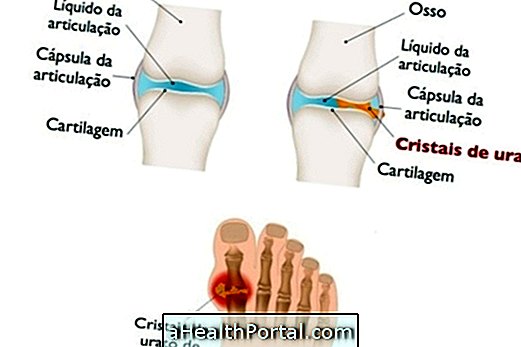
To control uric acid levels in the blood, the rheumatologist may indicate the use of drugs to block the production of uric acid, such as allopurinol, or medicines to help the kidneys to eliminate urine uric acid such as Probenecid.
Gout is caused by excess uric acid in the blood that accumulates forming crystals of urates in the blood and is eliminated by urine, but when the body produces too much uric acid or the kidneys eliminate little uric acid, it can accumulate in the joints, forming urate crystals which cause the drop.
Diet for Gout
The gout diet helps treat gout crises and prevent new seizures as it helps to normalize uric acid levels in the blood. In this way, the individual should decrease or avoid the intake of foods rich in proteins such as cheese, lentils, soybeans, red meats or seafood, as they increase uric acid levels in the blood and ingest about 2 to 4 liters of water per day because the water helps remove excess uric acid through the urine.
Find out what foods should or should not eat in the drop in the following video:

Treatment for Gout
Treatment for gout attacks involves anti-inflammatory drugs, such as Ibuprofen or Naproxen, for example to relieve pain and inflammation of the joint. Another anti-inflammatory drug widely used to control pain and inflammation is Colchicine, which also acts at the level of uric acid.
Corticosteroid remedies, such as Prednisone, may also be used to treat joint pain and inflammation, but usually only when the individual can not take the other anti-inflammatory drugs.
In addition to these remedies, the rheumatologist may also prescribe medications to control blood uric acid levels to prevent further seizures and prevent complications such as Allopurinol or Probenecid.
Symptoms and photos of Gout
Symptoms of gout include:
- Severe pain in the joint that lasts a few days and worsens the movement;
- Hot, sore, reddish joint.
The intense pain in the joint usually lasts about 12 to 24 hours, however, after pain, the individual may feel discomfort in the affected joint, especially when moving, which can last for a few days to weeks.


Causes of Gout
Gout is caused by the accumulation of urate crystals in the joint, which form due to excess uric acid in the blood. Excess uric acid in the blood can be caused by:
- Inadequate intake of medications;
- Excessive use of diuretics;
- Alcohol abuse;
- Exaggerated consumption of high protein foods such as red meats, kids, seafood and legumes, such as peas, beans or lentils;
- Diabetes;
- Uncontrolled arterial hypertension;
- Arteriosclerosis.
In addition, individuals with a family history of gout are more likely to develop this disease.
Here's a great natural treatment for gout in: Home remedy for gout.
